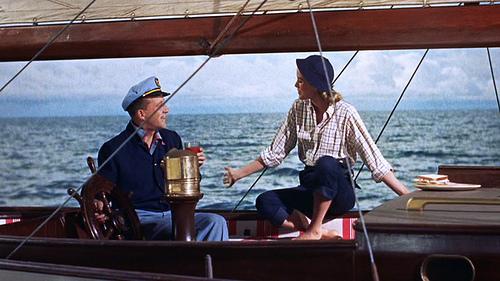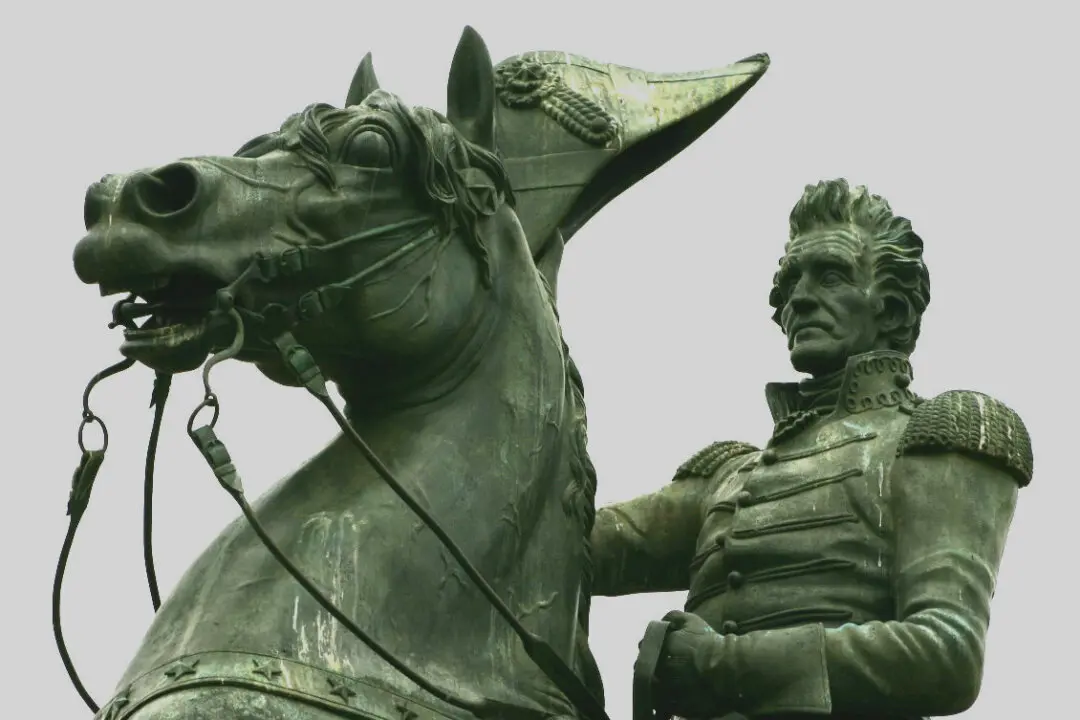“The Philadelphia Story” from 1940 is one of the most well-known movies in which actress Katharine Hepburn starred. The impressive cast includes Cary Grant and James Stewart as her two co-stars, both of whom play love interests. The movie was directed by one of her favorite directors, George Cukor. It was based on the play of the same name by Philip Barry, in which Hepburn starred on Broadway. The film succeeded in winning two Academy Awards, receiving four more Oscar nominations, and ridding Hepburn of her label as “box office poison.”
In 1956, the film was remade as the musical “High Society,” with popular musical director Charles Walters at the helm. While the original featured screwball comedy all-stars of the late 1930s, the remake starred some of the greatest musical talents of the 1950s. Bing Crosby and Frank Sinatra, two of the most popular singers of the 20th century, filled the roles originally played by Grant and Stewart of the two men fighting over the socialite. Grace Kelly took over the part of the aloof socialite, in her final screen appearance before becoming Princess of Monaco. Jazz singer and trumpeter Louis Armstrong provided a musical attraction, as did Cole Porter’s original score.






